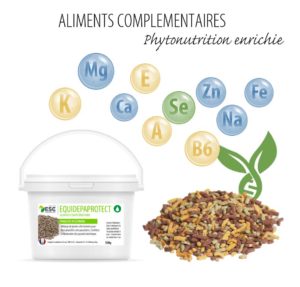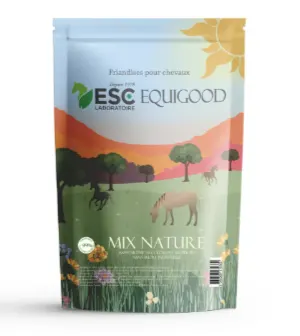The muscle mass a training horse accounts for more than 50% of its weight, which is overdeveloped compared to most other herbivorous animal species. In man the total weight of the muscles is 35 to 40% of the total weight. This muscle mass requires very good oxygenation but also a suitable diet to allow the muscles to function properly. In terms of energy, carbohydrates (mainly from cereals and fibres) are therefore to be given priority. Monitoring mineral and vitamin intake is also essential. In fact, the working muscle produces lactic acid that requires a selenium intake. Similarly, many macro-elements (calcium, magnetsium, sodium...) are eliminated during sweating, which increases fatigue and recovery time. It should be compensated with a suitable additional input (respecting a calcium-to-phosphorus ratio close to 2).
Executive summary
The muscle mass of a training horse represents more than 50% of its weight, which is overdeveloped compared to most other herbivorous animal species. In man the total weight of the muscles is 35 to 40% of the total weight. This muscle mass requires very good oxygenation but also a suitable diet [...]









